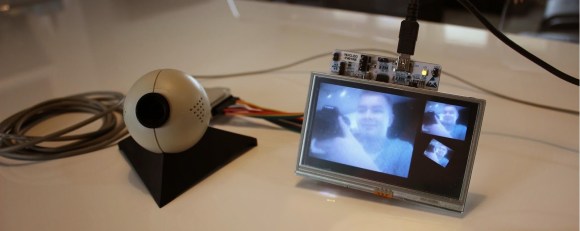
[Andrew] couldn’t pass up a 20ish year old parallel port based webcam he saw on the shelf at a thrift store. It’s a Connectix QuickCam and was the first webcam that did not require a separate video input card to interface with your computer. Due to this feature, the webcam was extremely popular, so popular that Logitech ended up buying Connectix and marketing the camera for themselves.
It’s tough to find a newer computer that still has a parallel port, but using an old computer wasn’t [Andrew]’s plan anyways. After thinking about it, he decided to try to get the camera’s image to display on a Gameduino 2.
The hardware list is fairly minimal. The cam’s parallel connector is plugged straight into STM32 Nucleo development board by way of several jumpers. The Gameduino 2 is connected to the dev board and a USB to PS/2 adapter was made to power the camera.
Continue reading “Hacking An Old Parallel Port Webcam To Work With A Gameduino 2”

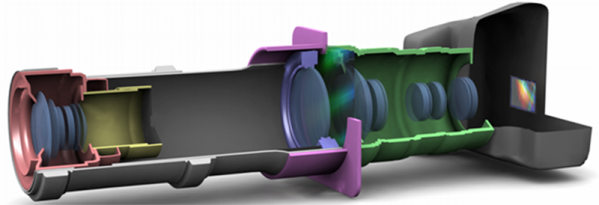
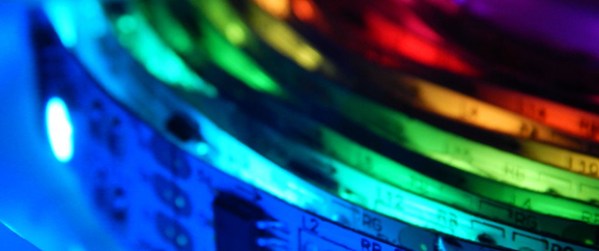
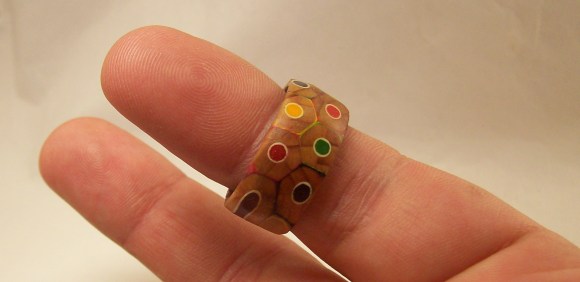
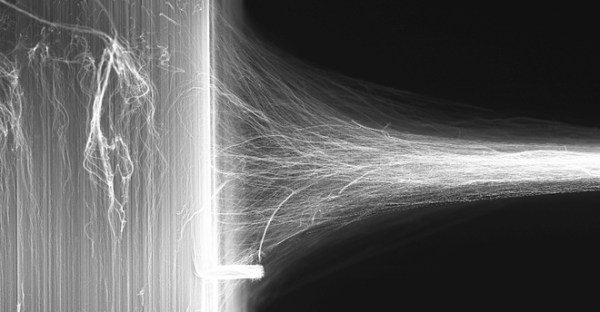
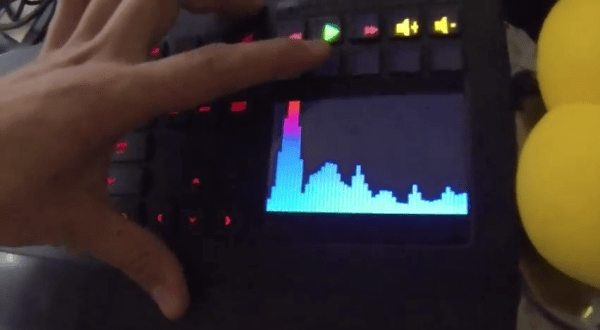

 The neon dot matrix displays in pinball machines of this era are finicky devices with a lot of stuff that can go wrong. On powering the display up, [Quinn] noticed a few columns on the left side of the display weren’t working. These machines have great diagnostic menus, so running a test that displays a single column at a time revealed two broken columns. However, when a solid fill test was run, all the columns work, save for a few dots in the upper left corner. This is an odd problem to troubleshoot, but after more tests [Quinn] realized dots in column five and six only work iff both adjacent dots in the same row are lit.
The neon dot matrix displays in pinball machines of this era are finicky devices with a lot of stuff that can go wrong. On powering the display up, [Quinn] noticed a few columns on the left side of the display weren’t working. These machines have great diagnostic menus, so running a test that displays a single column at a time revealed two broken columns. However, when a solid fill test was run, all the columns work, save for a few dots in the upper left corner. This is an odd problem to troubleshoot, but after more tests [Quinn] realized dots in column five and six only work iff both adjacent dots in the same row are lit.








